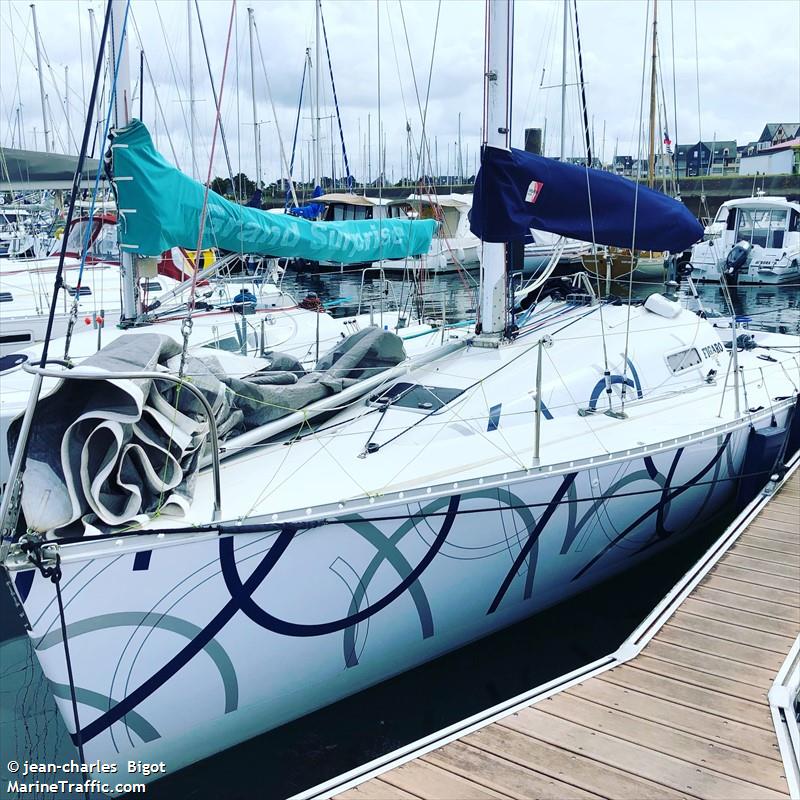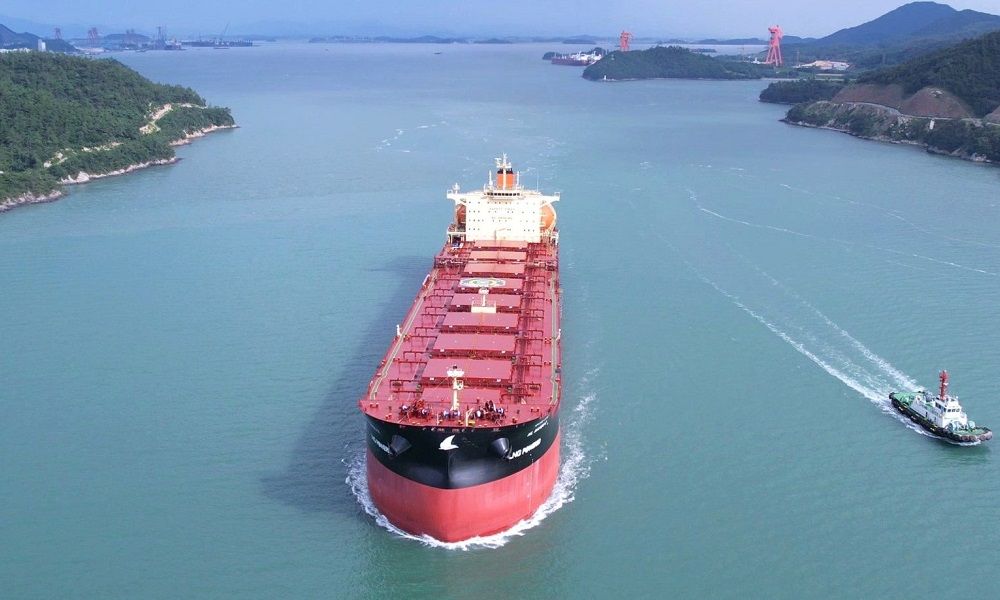The shipping industry has taken another important step towards the era of unmanned ships with the delivery of an LNG-powered capesize bulk carrier in South Korea fitted with artificial intelligence (AI)-based machinery monitoring and safety systems.
The 180,000 dwt
HL Nambu 2
The two systems, approved by the American Bureau of Shipping, diagnose the condition of major ship equipment in real time and automatically recognise emergencies and unexpected situations such as fire.
HiCBM monitors and manages main engines, compressors and pumps and uses artificial intelligence to detect and prevent signs of failure in advance. HiCAMS utilises onboard CCTV video feeds and artificial intelligence to spot and analyse safety-related events in real time.
The next step on HD Hyundai’s autonomous journey builds on the previous work and several major achievements by its subsidiaries, including the demonstration of technology developed by Avikus that enabled the 180,000 cu m LNG carrier, Prism Courage, to sail in autonomous mode, under direct supervision, for roughly half of its voyage across the Pacific Ocean.
“With the commercialisation of this engine automation solution, we are one step closer to the era of the world’s first ‘unmanned ship’ in the field of large merchant ships that can operate for a long time without the help of a navigator, engineer, or deckhand,” HD Hyundai said.
In related news, Korea Line Corporation, a shipping arm of SM Group, revealed on Monday that its subsidiary, Korealine LNG, has secured approval for self-sailing from Panama for its LNG bunkering ship equipped with the Samsung Autonomous Ship (SAS) system developed by Samsung Heavy Industries.
Earlier this year, the shipbuilder successfully demonstrated autonomous vessel navigation from South Korea to Taiwan, marking an industry first. The demonstration involved the installation of SAS and the smart ship system SVESSEL on a 15,000 teu containership. The vessel sailed about 1,500 km from Geoje to Jeju Island and Kaohsiung Port in Taiwan between June 26 and July 1.
Commenting on the news, Andrew Craig-Bennett, Splash’s lead columnist, said: “I’m sure that the autonomous ship will be developed in South Korea; it’s the only place with IT, shipbuilding and ship operations skills all in abundance and all in one place.”
(Except for the headline, this story has not been edited by PostX News and is published from a syndicated feed.)

